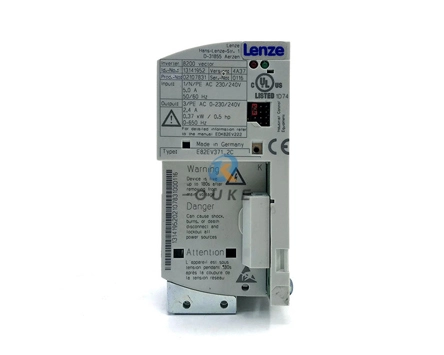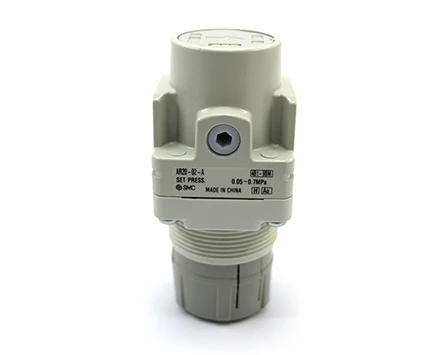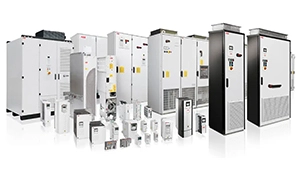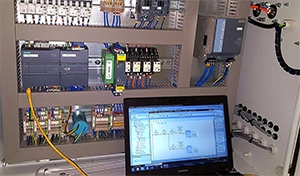
The servo amplifier, as one of the core components in the field of industrial automation, mainly consists of a pre-magnetic amplifier, trigger, thyristor main circuit, and power supply. The primary role of the servo amplifier is to precisely amplify and convert control signals into the current or voltage required to drive the motor, to achieve high-precision control of position, speed, or torque. In a servo system, the servo amplifier working principle is crucial to ensuring that mechanical moving parts can accurately perform actions according to predetermined instructions. To master this tool, one must first understand the mechanisms it encompasses. This article will briefly explain the servo amplifier working principle.
Analyzing the servo amplifier working principle inevitably involves mentioning its three main internal control methods: speed control, position control, and torque control.
In speed control mode, the servo amplifier precisely adjusts the motor's rotation speed to match the set value by receiving analog input or pulse frequency signals. This control method is particularly important in scenarios requiring constant speed operation, such as conveyor belts on production lines.
Position control is one of the most commonly used functions of a servo amplifier. It directly controls the motor's rotation speed through an external pulse frequency input and accurately calculates and controls the motor's rotation angle using the number of pulses, thereby achieving high-precision positioning. This control method is widely used in numerically controlled machine tools, robotic arms, and other automated equipment that require precise positioning, ensuring the accuracy of machining or operation.
Additionally, torque control is another significant feature of a servo amplifier. In this mode, the servo amplifier can set the output torque according to external analog signals or directly through address assignment, allowing the motor to operate while maintaining a specific torque. This control method demonstrates its unique advantages in scenarios requiring constant force output, such as screw tightening machines or tension control systems.
In summary, the servo amplifier utilizes its integrated speed control, position control, and torque control methods to achieve high-precision and highly flexible control of motor movements, providing robust technical support for the development of the industrial automation field.
 English
English 日本語
日本語 한국어
한국어 français
français Deutsch
Deutsch Español
Español italiano
italiano русский
русский العربية
العربية Türkçe
Türkçe Jawa
Jawa

_20250415100426.webp)




